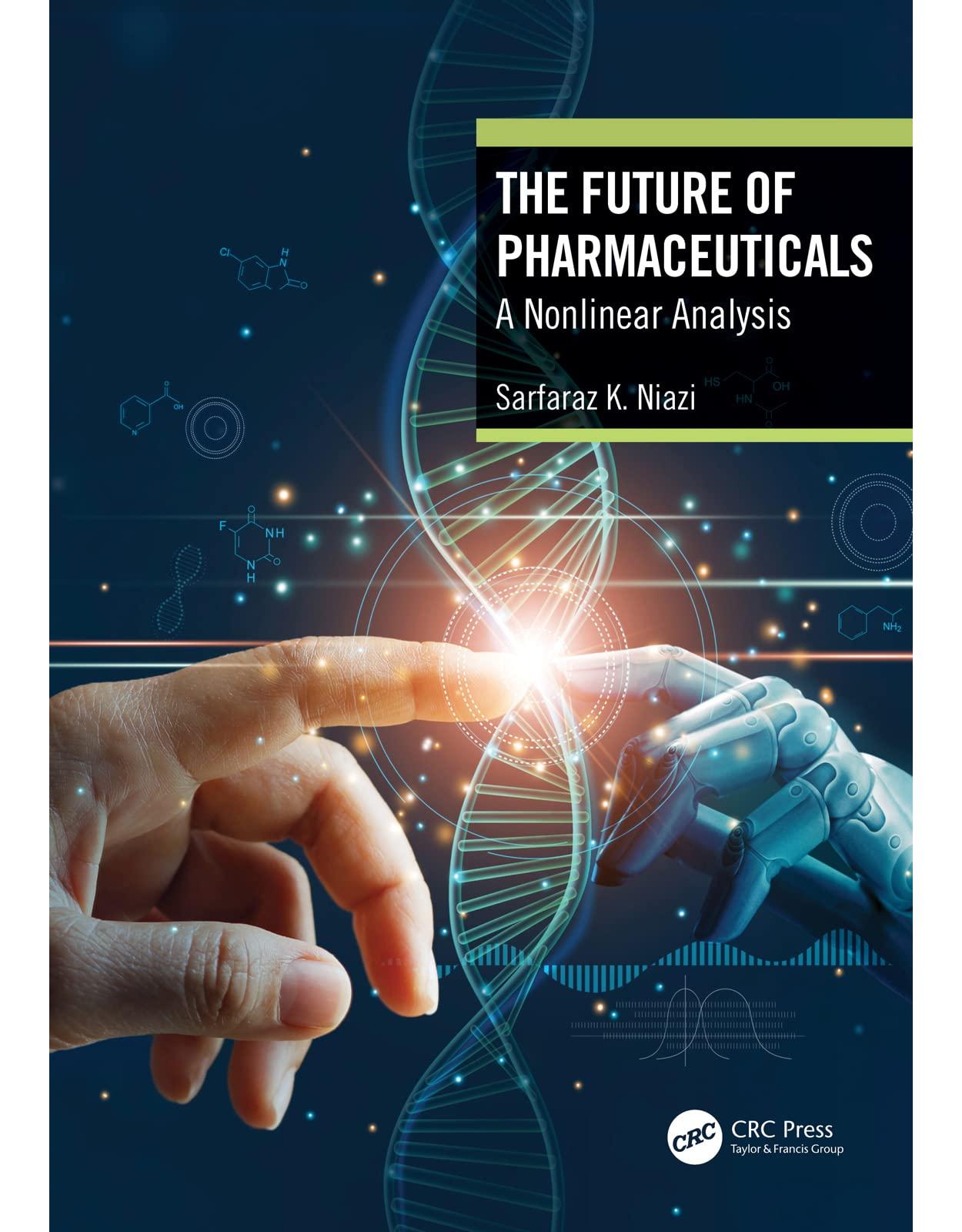
The Future of Pharmaceuticals: A Nonlinear Analysis
Livrare gratis la comenzi peste 500 RON. Pentru celelalte comenzi livrarea este 20 RON.
Disponibilitate: La comanda in aproximativ 4 saptamani
Autor: Sarfaraz K. Niazi
Editura: CRC Press
Limba: Engleza
Nr. pagini: 568
Coperta: Paperback
Dimensiuni: 253 x 176 x 43 mm
An aparitie: 1 Mar. 2022
Description:
Before now, biological systems could only be expressed in terms of linear relationships, however, as knowledge grows and new techniques of analysis on biological systems is made available, we are realizing the non-linearity of these systems. The concepts and techniques of nonlinear analysis allow for more realistic and accurate models in science. The Future of Pharmaceuticals: A Nonlinear Analysis provides an opportunity to understand the non-linearity of biological systems and its application in various areas of science, primarily pharmaceutical sciences. This book will benefit professionals in pharmaceutical industries, academia, and policy who are interested in an entirely new approach to how we will treat disease in the future. Key Features: Addresses a new approach of nonlinear analysis. Applies a theory of projection to chalk out the future, instead of basing on linear evolution. Provides an opportunity to better understand the non-linearity in biological systems and its applications in various areas of science, primarily pharmaceutical sciences. Helps change the thought process for those looking for answers to their questions which they do not find in the linear relationship approach. Encourages a broader perspective for the creative process of drug development.
Table of Contents:
1 Understanding Nonlinearity
1.1 Background
1.2 Predictions
1.2.1 Examples
1.3 Modeling Systems
1.3.1 Bayes’ Theorem
1.3.1.1 Phases of Paradigm Shift
1.3.2 Future Shifts
1.4 Conclusion
Additional Reading
2 The Evolution of Pharmaceuticals
2.1 Background
2.2 The Pre-Historical Era
2.3 The New World Era
2.4 The Regulatory Era
2.5 The Legal Era
2.6 The Gene Era
2.6.1 The Biological Medicine Era
2.6.2 Nobel Prizes
2.7 The Future Era
2.8 New Entities
2.8.1 A Special Case
2.9 Conclusion
2.10 Appendix: New Molecular Entities Approved by the FDA 2011–2020
Additional Reading
3 Artificial Intelligence
3.1 Background
3.2 Bioinformatics
3.3 Artificial Intelligence
3.4 Deep Learning Architecture
3.4.1 Graph Representation Learning
3.5 Repurposing
3.6 Data and Model Harmonization
3.7 Drug Discovery and Development
3.7.1 Stepwise Approach
3.7.2 Application Types
3.7.3 An Example of AI Application
3.8 AI Tools
3.9 Conclusion
Additional Reading
4 Drug Discovery Trends
4.1 Background
4.2 High-Throughput Screening (HTS)
4.2.1 Phenotypic Screening
4.2.2 Modeling
4.2.3 Screening Using Fragments (FBS)
4.2.4 Ligandomics
4.2.5 Gene-Based Testing
4.2.6 Target Identification
4.2.6.1 Hit Identification
4.2.6.2 Hit to Lead
4.2.6.3 Target Validation and Efficacy
4.2.6.4 Cell-Based Models
4.2.6.5 In Vivo Testing
4.3 Structural Biology
4.4 Hit Optimization
4.4.1 PK–PD Relationship
4.5 Chemistry and Formulation
4.5.1 Lipinski’s Rule of Five (RO5)
4.6 Safety Testing
4.6.1 Animal Models
4.6.2 Replacing Animal Testing
4.7 Synthetic Biology
4.8 Libraries
4.8.1 DNA Libraries
4.9 Microphysiometry
4.9.1 Microfluidics
4.9.2 Organs-on-a-Chip (OOC)
4.9.3 Brain-on-a-Chip
4.9.4 Lung-on-a-Chip
4.9.5 Heart-on-a-Chip
4.9.6 Kidney-on-a-Chip
4.9.7 Nephron-on-a-Chip
4.9.8 Vessel-on-a-Chip
4.9.9 Skin-on-a-Chip
4.9.10 Human-on-a-Chip
4.10 Clinical Trials
4.10.1 Biomarkers
4.10.1.1 BEST
4.11 Exploratory IND
4.12 Repurposing
4.13 Orphan Drugs
4.14 Conclusion
Additional Reading
5 Drug Development Assays
5.1 Background
5.1.1 Assay Optimization
5.2 Assay Development and Validation
5.2.1 Pre-Study Validation
5.2.2 In-Study Validation
5.2.3 Cross-Validation
5.2.4 Critical Path
5.3 Receptor Binding Assays in HTS
5.3.1 Scintillation Proximity Assays (SPA)
5.3.2 Filtration Assays
5.4 In Vitro Biochemical Assays
5.4.1 Definitions
5.4.2 Signs of Enzymatic Contamination
5.4.3 Solutions for Enzymatic Contamination
5.4.4 Batch Testing
5.4.4.1 Identity and Mass Purity
5.4.4.2 Methods for Confirming Identity and Mass Purity
5.4.4.3 Protein Stain of SDS-PAGE
5.4.4.4 Western Blot with the Specific Antibody
5.4.4.5 Analytical Gel Filtration
5.4.4.6 Reversed-Phase HPLC
5.4.4.7 Mass Spectrometry
5.4.4.8 Whole Mass for Protein
5.4.4.9 Peptide Mass Finger Printing
5.4.4.10 Edman Sequencing
5.4.4.11 Crude Enzyme Preparations
5.4.4.12 Commercial Enzymes
5.4.4.13 Co-Purification of Contaminating Enzymes
5.4.4.14 Mock Parallel Purification
5.4.4.15 Reversal of Enzyme Activity
5.4.5 Detecting Enzyme Impurities
5.4.5.1 Consequences of Substrate Selectivity
5.4.5.2 Substrate Km
5.4.5.3 Enzyme Concentration
5.4.5.4 Format Selection
5.4.6 Validating Enzymatic Purity
5.4.6.1 Inhibitor-Based Studies
5.4.6.2 IC50 Value
5.4.6.3 Hill slope
5.4.7 Substrate-Based Studies
5.4.7.1 Substrate Km Determination
5.4.7.2 Substrate Selectivity Studies
5.4.7.3 Comparison Studies
5.4.7.4 Enzyme Source
5.4.7.5 Format Comparison
5.5 Enzymatic Assays for HTS
5.5.1 Basic Concept
5.5.1.1 Initial Velocity
5.5.2 Reagents and Method Development
5.5.2.1 Detection System Linearity
5.5.2.2 Enzyme Reaction Progress Curve
5.5.2.3 Measuring the Initial Velocity of an Enzyme Reaction
5.5.2.4 Measurement of Km and Vmax
5.5.2.5 What Does the Km Mean?
5.5.2.6 How to Measure Km
5.5.2.7 Determination of IC50 for Inhibitors
5.5.2.8 Optimization Experiments
5.6 ELISA-Type Assays
5.6.1 Basic Concept
5.6.2 General Considerations
5.6.2.1 Assay Design and Development
5.6.3 Fluorescence Polarization/Anisotropy
5.6.3.1 Assay Design
5.6.4 Fluorescent/Förster Resonance Energy Transfer and Time-Resolved (TR) FRET
5.6.5 AlphaScreen Format
5.6.5.1 Optical Biosensors
5.6.5.2 Nuclear Magnetic Resonance (NMR)
5.6.5.3 Isothermal Calorimetry (ITC)
5.6.5.4 Sedimentation Analysis (SA; Analytical Ultracentrifugation)
5.6.5.5 X-Ray Crystallography
5.7 In Vitro Toxicity and Drug Efficacy Testing
5.8 In Vivo Assay Validation
5.8.1 General Concepts
5.8.1.1 Pre-Study Validation
5.8.1.2 In-Study Validation
5.8.1.3 Cross-Validation
5.8.1.4 Resources
5.8.2 Assay Validation Procedures
5.8.2.1 Pre-Study Validation
5.9 Pharmacokinetics and Drug Metabolism
5.9.1 In Vitro Analysis
5.9.1.1 Lipophilicity
5.9.1.2 Solubility
5.9.1.3 Hepatic Microsome Stability
5.9.1.4 Plasma Stability
5.9.1.5 Plasma Protein Binding
5.9.1.6 Screening Cytotoxicity and Hepatotoxicity Test
5.9.1.7 CYP450 Inhibition Profiling
5.9.1.8 Permeability
5.10 Conclusion
Additional Reading
6 Nanomedicine
6.1 Background
6.2 Delivery Routes
6.3 Liposomes
6.4 Dendrimers
6.5 Polymers
6.6 Metal Particles
6.7 Quantum Dots
6.8 Fullerenes
6.9 Theranostics
6.10 Diagnostics
6.11 Specific Diseases
6.11.1 IBD
6.11.2 Diabetes
6.11.3 Cancer
6.12 Regulatory
Additional Reading
7 Antimicrobials
7.1 Background
7.2 Eradicable Diseases
7.2.1 Polio
7.2.2 Guinea Worm Disease (Dracunculiasis)
7.2.3 Lymphatic Filariasis
7.2.4 Measles, Mumps, and Rubella
7.2.5 Cysticercosis
7.2.6 Yaws
7.2.7 Trachoma
7.2.8 Onchocerciasis
7.2.9 Malaria
7.3 Vaccines
7.3.1 Live-Attenuated Vaccines
7.3.2 Inactivated Vaccines
7.3.3 Subunit, Recombinant, Polysaccharide, and Conjugate Vaccines
7.3.4 Toxoid Vaccines
7.3.5 Nucleic Acid Vaccines
7.4 Antibiotics
7.4.1 Antibiotic Discovery
7.4.1.1 Semi-Synthetic
7.4.1.2 Synthetic
7.4.1.3 Genomic Approaches
7.4.2 Reverse Genomics: Revival of Cell-Based Screening
7.4.3 Post-Genomics
7.4.3.1 Transcriptomics, Proteomics, and Lipidomics
7.4.3.2 Metabolomics to Meta-Omics
7.5 Phage Therapy
7.6 Microbiome
7.6.1 Impact on Health
7.6.2 Drug Metabolism
7.6.3 Drug Toxicity
7.6.4 Biomarkers
7.7 Conclusion
Additional Reading
8 Therapeutic Proteins
8.1 Background
8.2 Protein Structure and Properties
8.2.1 Primary Structure
8.2.2 Secondary Structure
8.2.2.1 Alpha Helix
8.2.2.2 Beta-Sheet
8.2.3 Tertiary Structure
8.2.4 Quaternary Structure
8.2.5 Post-Translational Modification (PTM)
8.2.6 Association and Aggregation
8.3 Non-Antibody Therapeutic Proteins
8.3.1 Hormone Peptide Drugs
8.3.2 Human Hematopoietic Factor
8.3.3 Human Cytokines
8.3.4 Human Plasma Protein Factor
8.3.5 Human Bone Formation Protein
8.3.6 Enzymes
8.4 Antibody Therapeutic Proteins
8.4.1 Mode of Action
8.4.2 Types of Antibodies
8.4.2.1 Recombinant Antibodies
8.4.2.2 Synthetic Antibodies
8.4.2.3 Affimer Proteins
8.4.2.4 Structural Protein Scaffolds
8.4.2.5 Bispecific Antibodies (BsAbs)
8.4.2.6 Multi-Specific Antibodies (MsAbs)
8.4.2.7 Fab Fragments and Single-Chain Antibodies
8.4.2.8 Humanized and Chimeric mAbs
8.4.2.9 Affinity Maturation
8.4.2.10 Antigenized Antibodies
8.4.2.11 IgG1 Fusion Proteins
8.4.2.12 Drug or Toxin Conjugation
8.4.2.13 Future Antibodies
8.4.3 Development of Antibodies
8.4.4 Exogenous Methods
8.4.4.1 Mouse Hybridoma
8.4.4.2 Transgenic Mice
8.4.5 Surface Display Libraries
8.4.5.1 Phage Display
8.4.5.2 Yeast Display
8.4.5.3 Ribosome Display
8.4.5.4 mRNA Display
8.4.6 Recombinant Expression
8.5 Immunogenicity
8.5.1 Protein Immunogenicity
8.5.2 Immunogenicity Testing
8.5.3 Innate System
8.5.4 Adaptive System
8.6 Pharmacokinetics of Therapeutic Proteins
8.6.1 Absorption
8.6.2 Distribution
8.6.3 Elimination
8.6.4 Pharmacokinetic Manipulations
8.6.4.1 Protein Modification to Increase Duration of Action
8.6.4.2 Protein Pegylation
8.6.4.3 Unnatural Construction
8.7 Conclusion
Additional Reading
9 Manufacturing Trends
9.1 Background
9.2 Process Optimizations
9.2.1 Cell Line Development
9.2.2 Media
9.2.3 High Cell Density Cryopreservation
9.2.4 Cell Culture Operations
9.2.5 Bioreactor Cycle
9.3 Single-Use Technology (SUT)
9.3.1 Containers and Mixing Systems
9.3.2 Drums, Containers, and Tank Liners
9.3.2.1 2D Bags
9.3.2.2 3D Bags
9.3.3 Advantages
9.3.4 Single-Use Bioreactors (SUBS)
9.3.5 Other Components
9.3.5.1 Optical Sensors
9.3.5.2 Biomass Sensors
9.3.5.3 Electrochemical Sensors
9.3.5.4 Pressure Sensors
9.3.5.5 Sampling Systems
9.3.5.6 Connectors
9.3.5.7 Tubing
9.3.5.8 Pumps
9.3.5.9 Tube Welder and Sealers
9.3.6 Sampling
9.3.7 Downstream Processing
9.3.7.1 Cell Harvest
9.3.7.2 Purification
9.3.7.3 Virus Removal
9.3.7.4 Filtration—UF/DF and TFF
9.3.7.5 General Filtration Applications
9.3.8 Fill Finish Operations
9.3.9 Safety
9.3.9.1 Polymers and Additives
9.3.9.2 Material Selection
9.3.9.3 Testing
9.3.9.4 Regulatory
9.4 Online Monitoring
9.5 Continuous Manufacturing
9.5.1 Continuous Chromatography Operations
9.5.1.1 Straight Through Processing (STP)
9.5.1.2 Periodic Countercurrent Chromatography (PCC)
9.5.1.3 Simulated Moving Bed (SMB) Chromatography
9.6 Conclusion
Appendix: Databases Relevant to Antibodies
Additional Reading
10 Therapeutic Protein Delivery Systems
10.1 Background
10.2 Route Selection
10.2.1 Selection
10.2.2 Excipients and Properties
10.2.2.1 pH
10.2.2.2 Surface Tension
10.2.2.3 Tonicity
10.2.2.4 Protectants
10.2.2.5 Stabilizers
10.2.3 Liquid Formulations
10.2.4 Lyophilized Formulations
10.3 Delivery Routes
10.3.1 Intravenous
10.3.2 Subcutaneous
10.3.3 Oral
10.3.4 Nasal
10.3.5 Transdermal
10.3.6 Pulmonary
10.3.7 Ocular
10.3.8 Rectal
10.4 Formulation Technologies
10.4.1 Hydrogels and In Situ Forming Gels
10.4.2 Nanoparticles
10.4.3 Liposome
10.4.4 Higher Concentration Formulations
10.5 Examples of Formulation
10.5.1 Oprelvekin Injection (Interleukin IL-11)
10.5.2 Interleukin Injection (IL-2)
10.5.3 Interferon Alfa-2a Injection
10.5.4 Interferon Beta-1b
10.5.5 Interferon Beta-1a Injection
10.5.6 Interferon Alfa-n3 Injection
10.5.7 Interferon Alfacon-1 Injection
10.5.8 Interferon Gamma-1b Injection
10.5.9 Infliximab for Injection
10.5.10 Daclizumab for Injection
10.5.11 Coagulation Factor VIIa (Recombinant) Injection
10.5.12 Reteplase Recombinant for Injection
10.5.13 Alteplase Recombinant Injection
10.6 Conclusion
Appendix 10.1: Physicochemical Properties of Proteins and Peptides Approved by the FDA
Additional Reading
11 Gene and Cell Therapy
11.1 Background
11.2 Gene Therapy
11.2.1 Viral Vector Manufacturing
11.2.2 Downstream Manufacturing
11.2.3 Risks of Gene Therapy
11.2.4 Gene Editing
11.2.5 Techniques
11.2.6 Gene Editing Technologies
11.2.7 CRISPR
11.2.8 DNA-Based Therapeutics
11.2.9 Gene Transfer Technologies
11.2.9.1 Mechanical and Electrical Techniques
11.2.9.2 Vector-Assisted Delivery Systems
11.2.10 Approved Products
11.3 Cell Therapy
11.3.1 Types of Cell Therapies
11.3.2 CAR-T Therapy
11.3.3 Allogenic Cell Therapy
11.4 Regulatory Considerations
11.4.1 Development and Characterization of Cell Populations for Administration (https://www.fda.gov/media/72402/download)
11.4.1.1 Collection of Cells
11.4.1.2 Tissue Typing
11.4.1.3 Procedures
11.4.2 Characterization and Release Testing of Cellular Gene Therapy Products
11.4.2.1 Cell Identity
11.4.2.2 Potency
11.4.2.3 Viability
11.4.2.4 Adventitious Agent Testing
11.4.2.5 Purity
11.4.2.6 General Safety Test
11.4.2.7 Frozen Cell Banks
11.4.3 Additional Applications: Addition of Radioisotopes or Toxins to Cell Preparations
11.4.4 Production, Characterization, and Release Testing of Vectors for Gene Therapy
11.4.4.1 Vector Construction and Characterization
11.4.4.2 Vector Production System
11.4.4.3 Master Viral Banks
11.4.4.4 Lot-to-Lot Release Testing and Specifications for Vectors
11.4.4.5 Adventitious Agents
11.4.5 Issues Related to Particular Classes of Vectors for Gene Therapy
11.4.5.1 Additional Considerations for the Use of Plasmid Vector Products
11.4.5.2 Additional Considerations for the Use of Retroviral Vector Products
11.4.5.3 Additional Considerations for the Use of Adenoviral Vectors
11.4.6 Modifications in Vector Preparations
11.4.7 Preclinical Evaluation of Cellular and Gene Therapies
11.4.7.1 General Principles
11.4.7.2 Animal Species Selection and Use of Alternative Animal Models
11.4.7.3 Somatic Cell and Gene-Modified Cellular Therapies
11.4.7.4 Direct Administration of Vectors In Vivo
11.4.7.5 Expression of Gene Product and Induction of Immune Responses
11.4.7.6 Vector Localization to Reproductive Organs
11.5 Conclusion
Additional Reading
12 Nucleic Acid Vaccines
12.1 Background
12.2 mRNA Vaccine
12.2.1 Development Cycle
12.2.2 Formulation and Delivery
12.2.3 COVID-19 Vaccine
12.3 DNA Vaccine
12.3.1 Delivery
12.3.2 Antibody Response
Additional Reading
13 Botanical Products
13.1 Overview
13.2 Complimentary Medicines
13.2.1 History
13.2.2 Development Innovations
13.2.3 Technologies
13.2.4 Genomics and Biomarkers
13.2.5 Proteomics
13.2.6 Target Identification of Label-Free Botanical Products
13.2.7 Metabolomics and Metabonomics
13.3 Regulatory Plan
13.3.1 Background
13.3.2 Chemistry
13.3.3 Specifications
13.3.4 Standardization
13.3.5 Efficacy and Safety
13.3.6 Prior Human Use
13.3.7 CMC
13.3.7.1 Starting Material
13.3.7.2 Control of Botanical Substances and Preparations
13.3.7.3 Control of Vitamins and Minerals (If Applicable)
13.3.7.4 Control of Excipients
13.3.7.5 Stability Testing
13.3.7.6 Testing Criteria
13.3.7.7 Botanical Substances
13.3.7.8 Botanical Product
13.4 Conclusion
Additional Reading
14 Regulatory Optimization
14.1 Background
14.2 Scope
14.2.1 Assumptions
14.2.2 Definitions
14.3 New Chemical Entities
14.3.1 Decision Stage #1—Target Identification
14.3.2 Decision Stage #2—Target Validation
14.3.3 Decision Stage #3—Identification of Actives
14.3.4 Decision Stage #4—Confirmation of Hits
14.3.5 Decision Stage #5—Identification of Chemical Lead
14.3.6 Decision Stage #6—Selection of Optimized Chemical Lead
14.3.7 Decision Stage #7—Selection of a Development Candidate
14.3.8 Decision Stage #8—Pre-IND Meeting with the FDA
14.3.9 Decision Stage #9—Preparation and Submission of an IND Application
14.3.10 Decision Stage #10—Human Proof of Concept
14.3.11 Decision Stage #11—Clinical Proof of Concept
14.4 Repurposing of Marketed Drugs
14.4.1 Decision Stage #1: Identification of Actives
14.4.2 Decision Stage #2: Confirmation of Hits
14.4.3 Decision Stage #3: Gap Analysis/Development Plan
14.4.4 Decision Stage #4: Clinical Formulation Development
14.4.5 Decision Stage #5: Preclinical Safety Data Package
14.4.6 Decision Stage #6: Clinical Supplies Manufacture
14.4.7 Decision Stage #7: IND Preparation and Submission
14.4.8 Decision Stage #8: Human Proof of Concept
14.5 Drug Delivery Platform Technology
14.5.1 Decision Stage #1: Clinical Formulation Development
14.5.2 Decision Stage #2: Development Plan
14.5.3 Decision Stage #3: Clinical Supplies Manufacture
14.5.4 Decision Stage #4: Preclinical Safety Package
14.5.5 Decision Stage #5: IND Preparation and Submission
14.5.6 Decision Stage #6: Human Proof of Concept
14.5.7 Decision Stage #7: Clinical Proof of Concept
14.6 Biological Products
14.6.1 Batch
14.6.2 Upstream
14.6.3 Downstream
14.6.4 Facility
14.6.5 Equipment
14.6.6 Validation
14.6.7 Testing
14.6.8 Quality
14.6.9 Fill
14.6.10 Water
14.6.11 Facility Design
14.6.12 Cleaning
14.6.13 Filling and Finishing
14.7 Testing
14.8 Documentation Process
14.8.1 Process Analytical Technology (PAT)
14.8.2 Automation
14.9 Predictions
14.10 Conclusion
Additional Reading
15 Intellectual Property
15.1 Background
15.2 About Patents
15.3 Patent Landscape
15.4 Patent Laws
15.4.1 Pharmaceutical Patenting Practices
15.5 Types of Patents
15.5.1 Utility Model in the EU
15.5.2 Provisional Application
15.6 Nonobviousness
15.7 Patent Management
15.7.1 Broad Coverage
15.7.2 Submarine Patents
15.7.3 System Expression Patents
15.7.4 Process Patents of Originator
15.7.5 Third-Party Process Patents
15.7.6 Formulation Composition
15.7.7 Lifecycle Formulation Projections
15.7.8 Alternate Offering
15.7.9 Delivery Devices
15.7.10 Unpatentable Inventions
15.7.11 Software Patents
15.7.12 Medical Method Patents
15.8 Patent Classification
15.8.1 Class 435
15.8.2 Class 424
15.8.3 Class 801
15.9 Biological Patents
15.9.1 Biological Products
15.9.2 Monoclonal Antibody Technology
15.9.3 Antisense Technology
15.9.4 Transgenic Plants
15.10 Freedom to Operate
15.11 Conclusion
Additional Reading
Index
Read Less
| An aparitie | 1 Mar. 2022 |
| Autor | Sarfaraz K. Niazi |
| Dimensiuni | 253 x 176 x 43 mm |
| Editura | CRC Press |
| Format | Paperback |
| ISBN | 9780367701390 |
| Limba | Engleza |
| Nr pag | 568 |

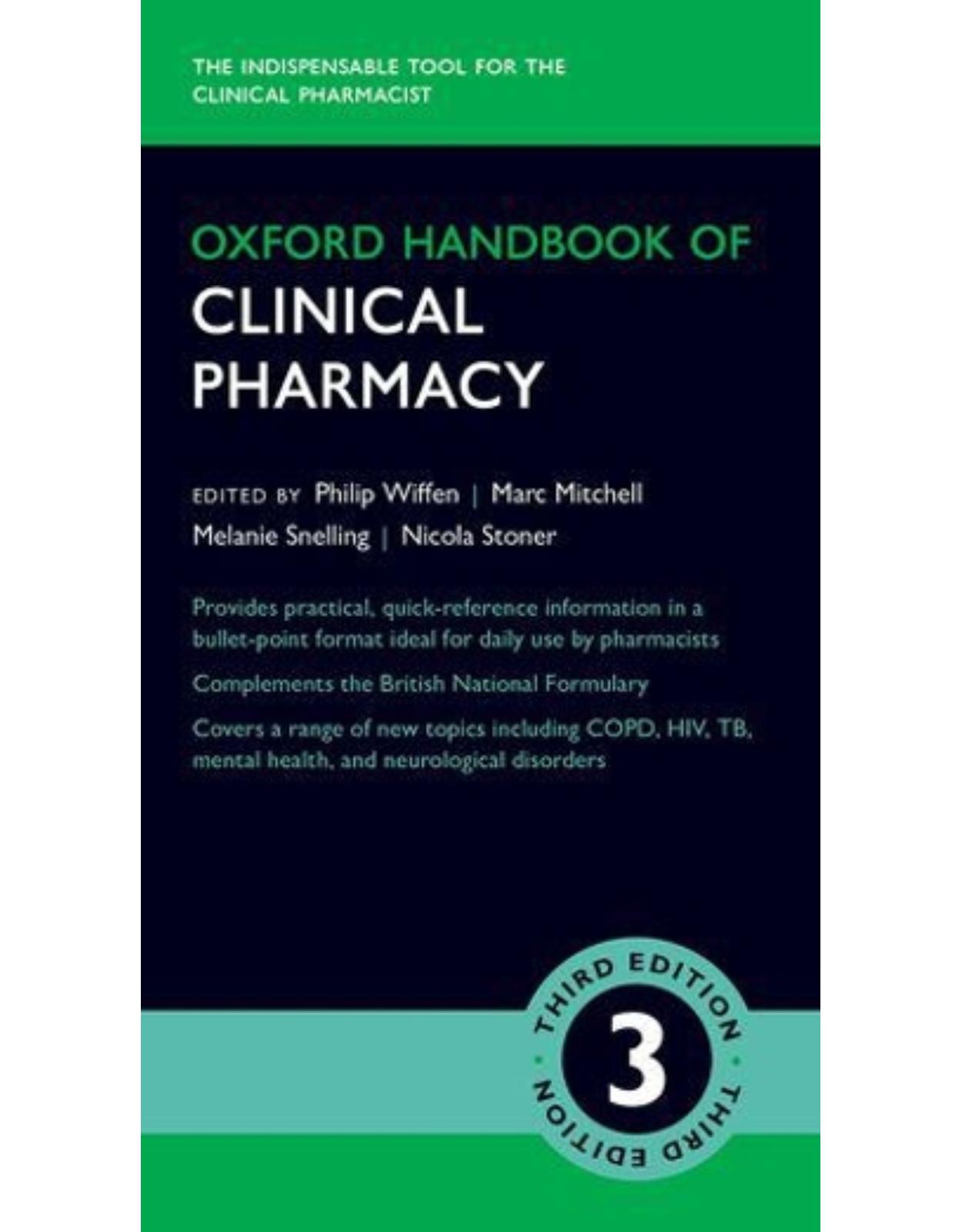
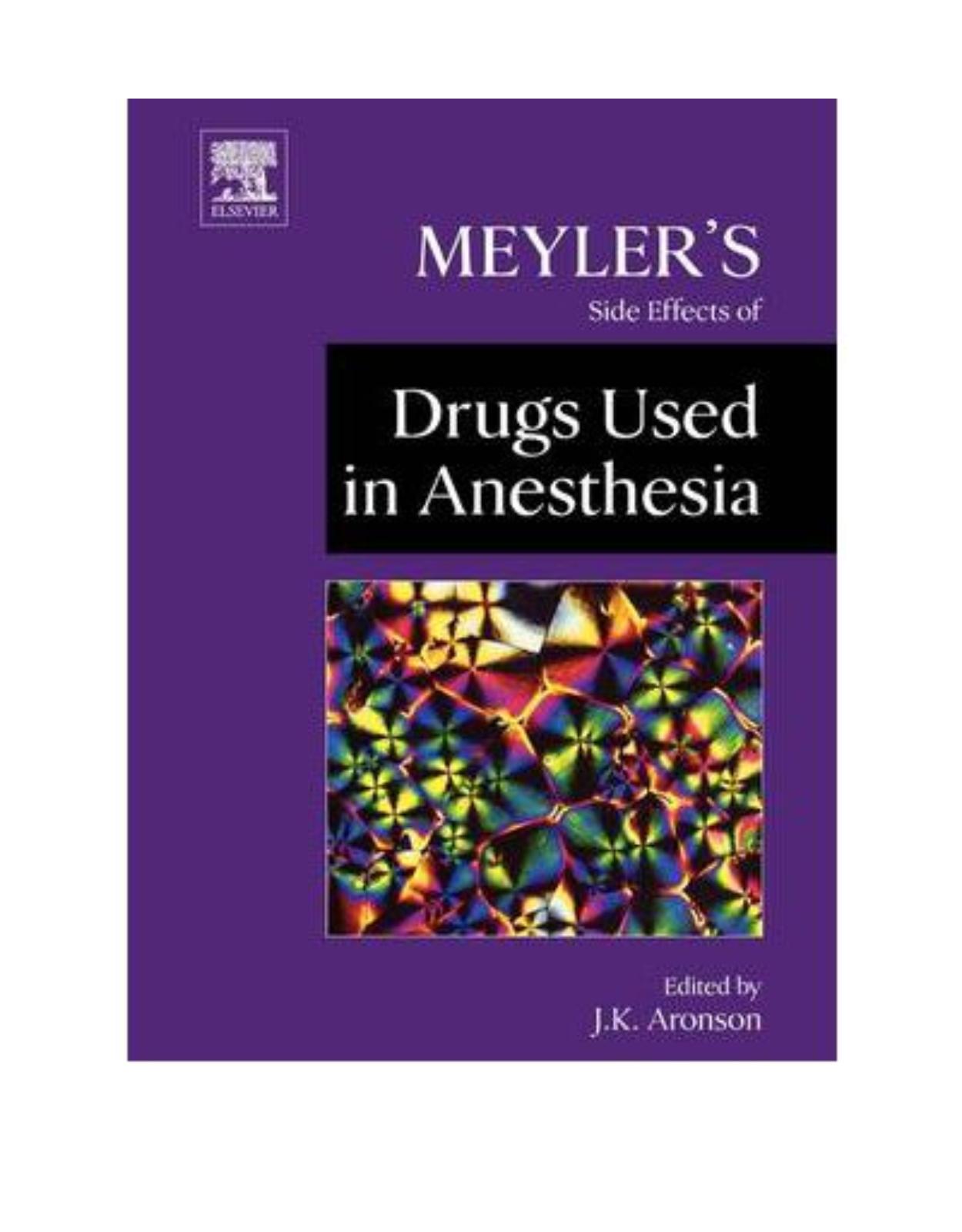
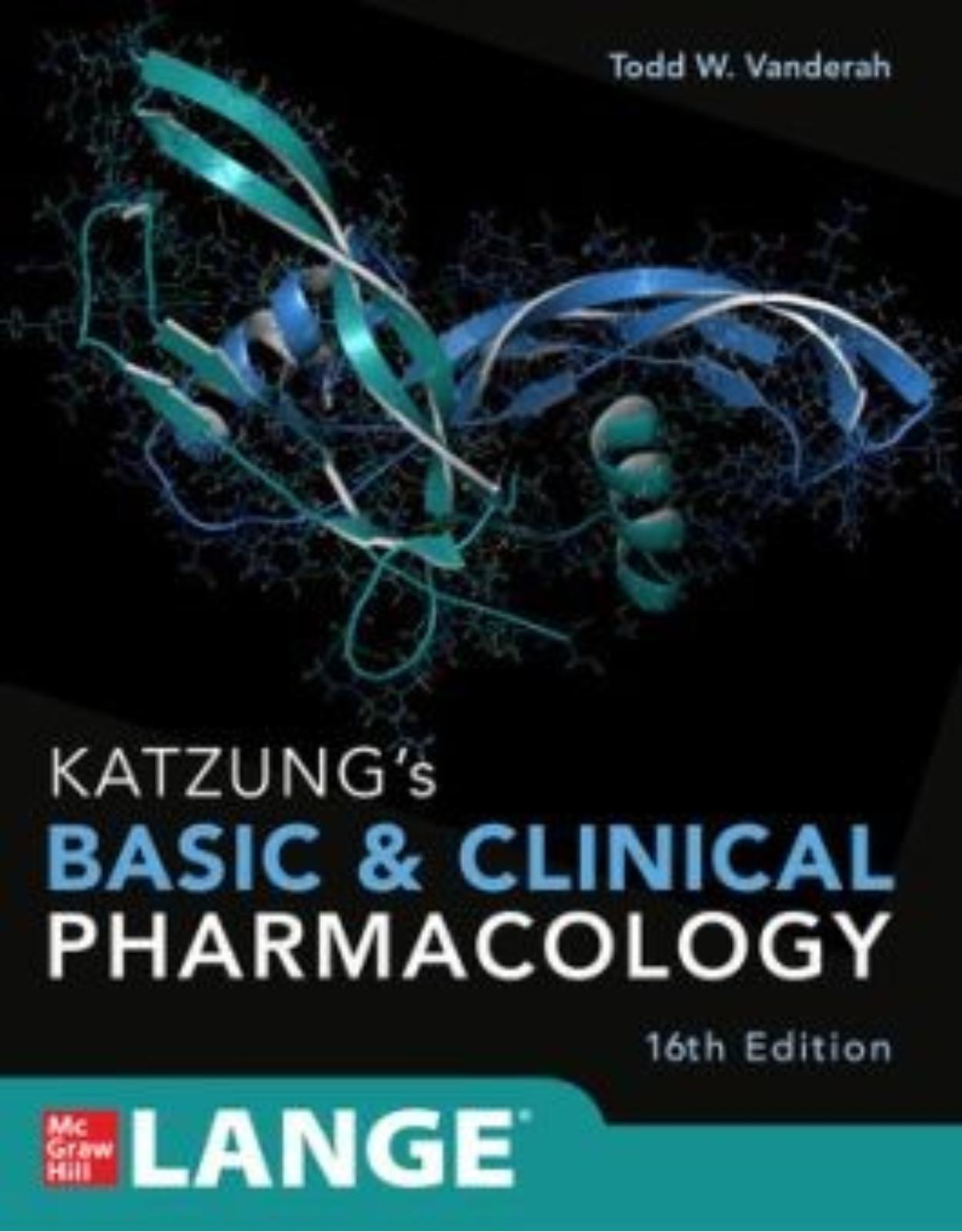
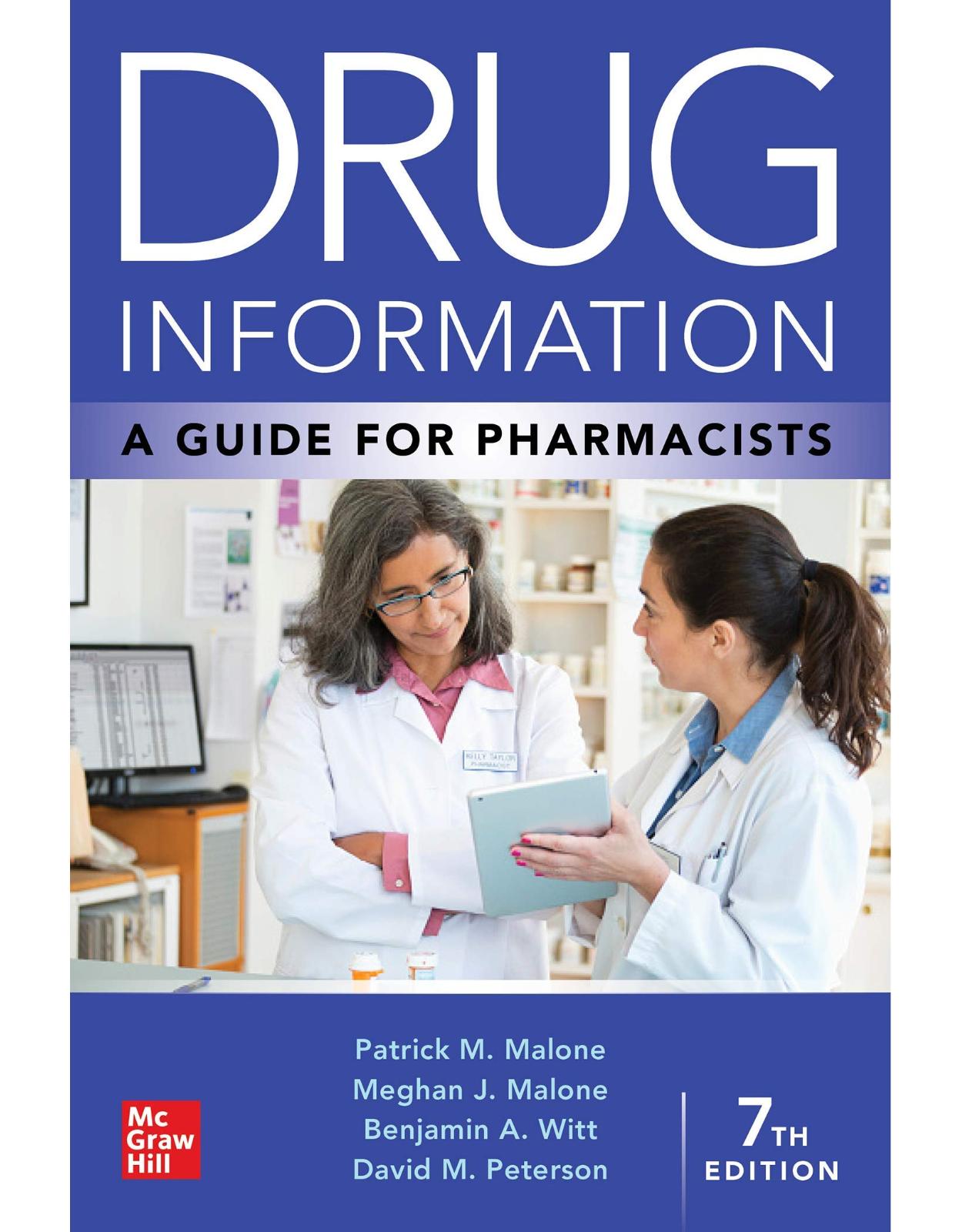
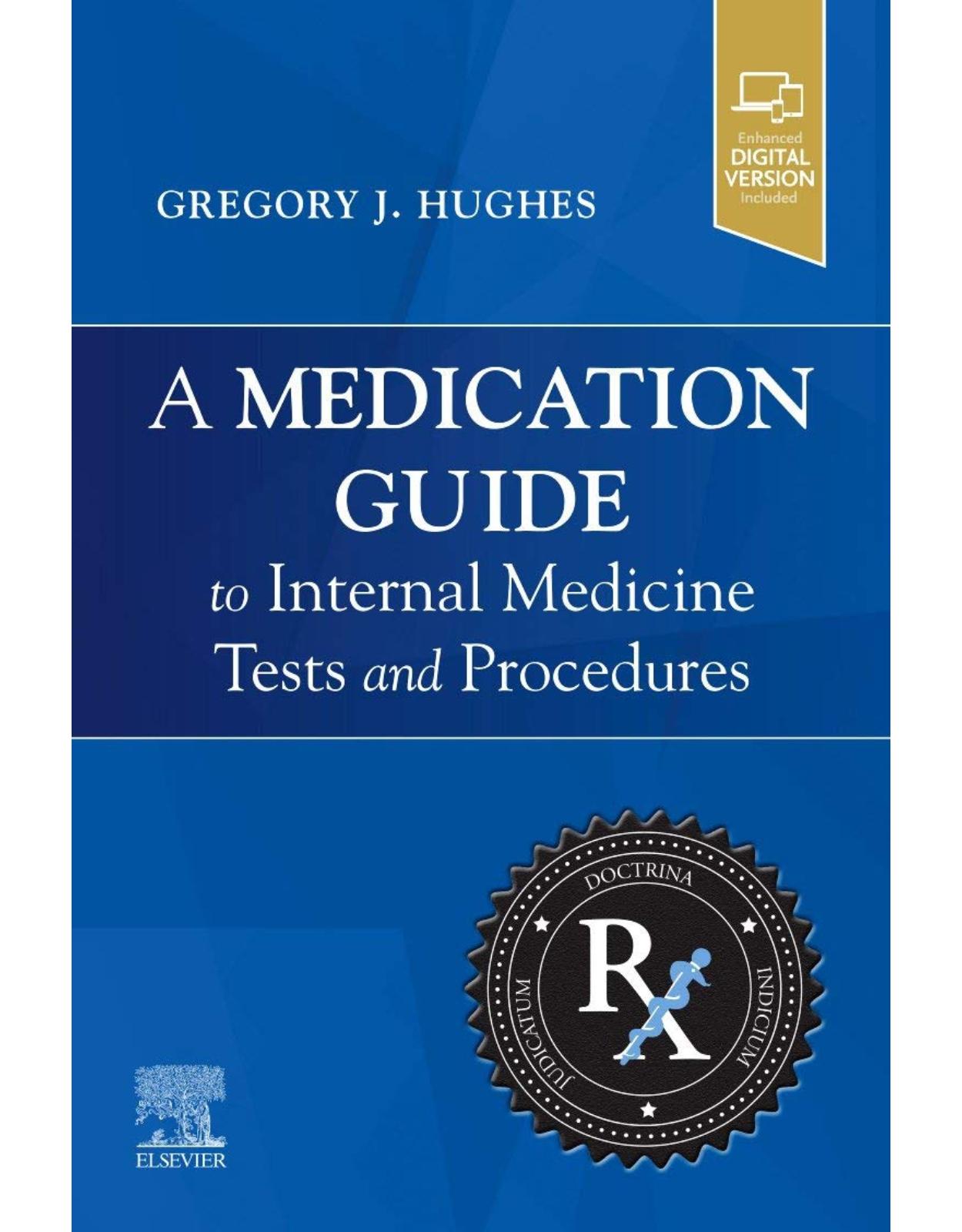
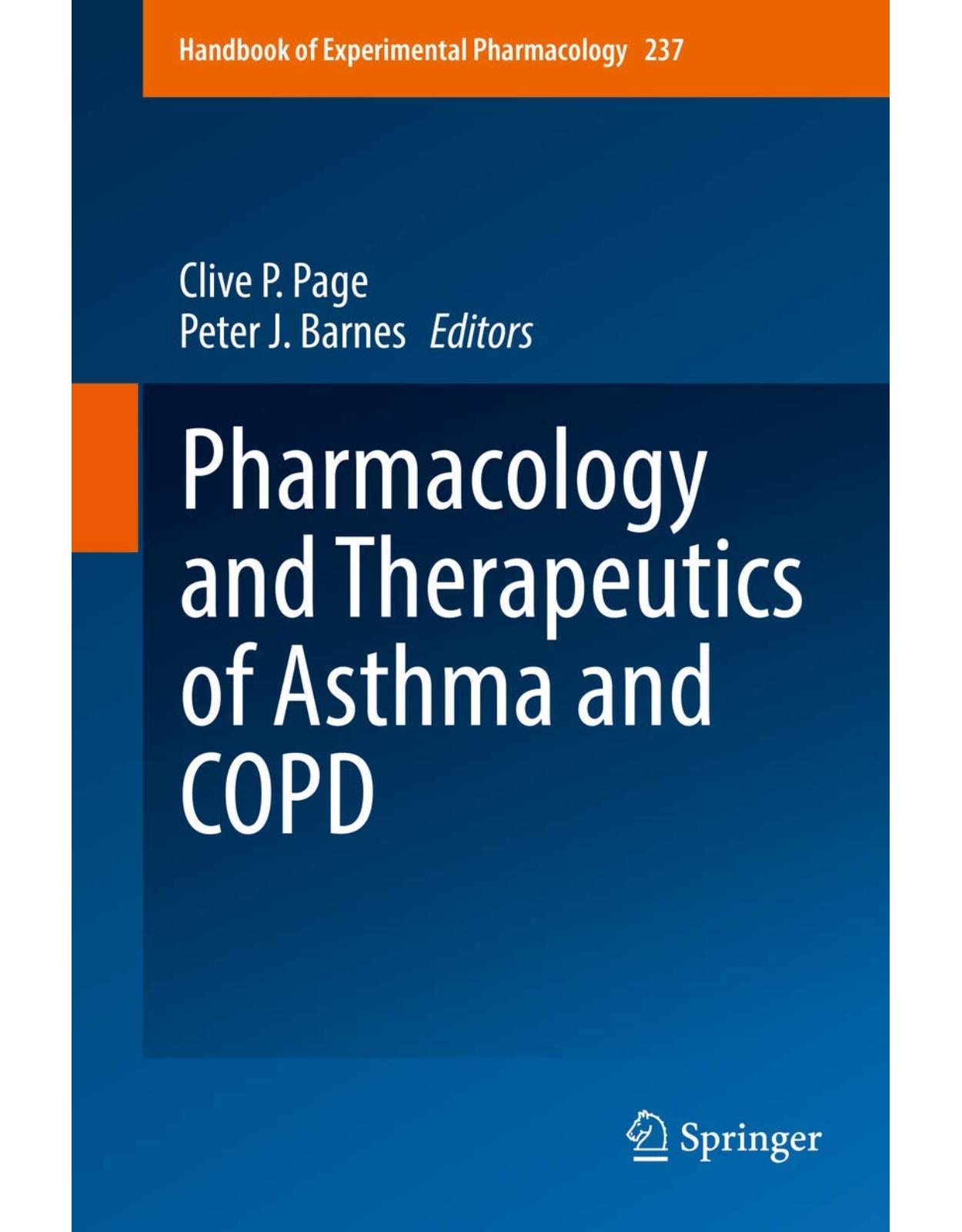
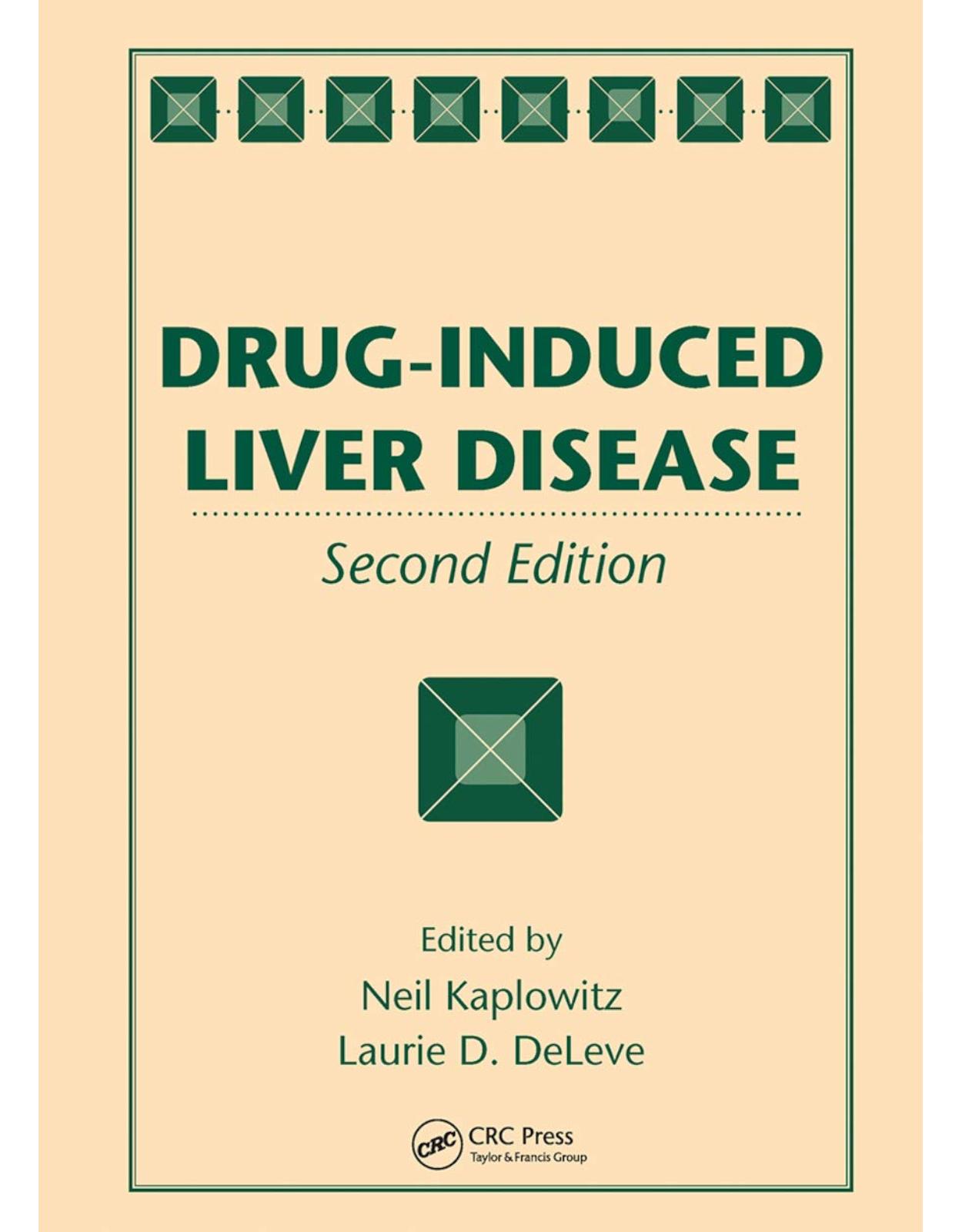
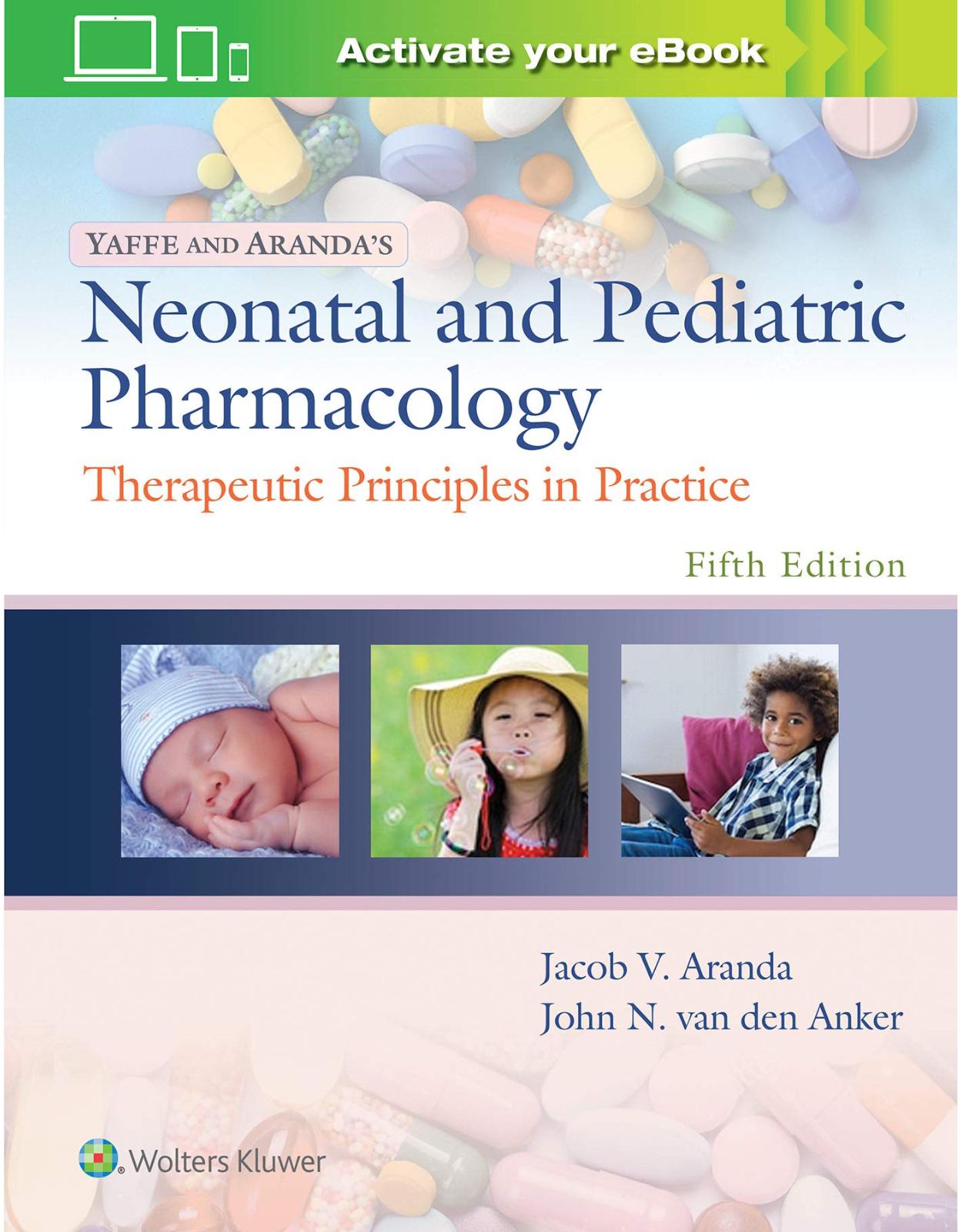
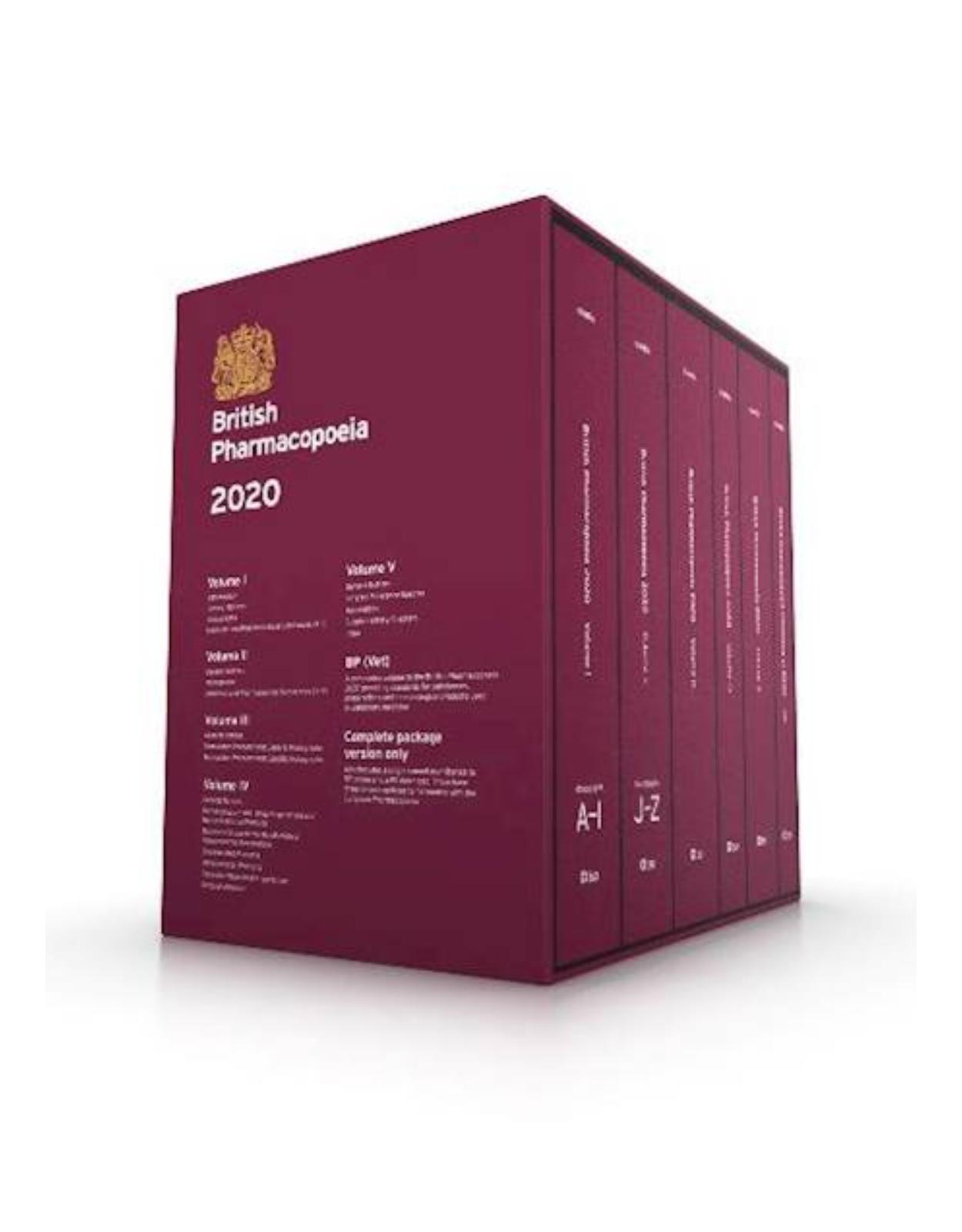
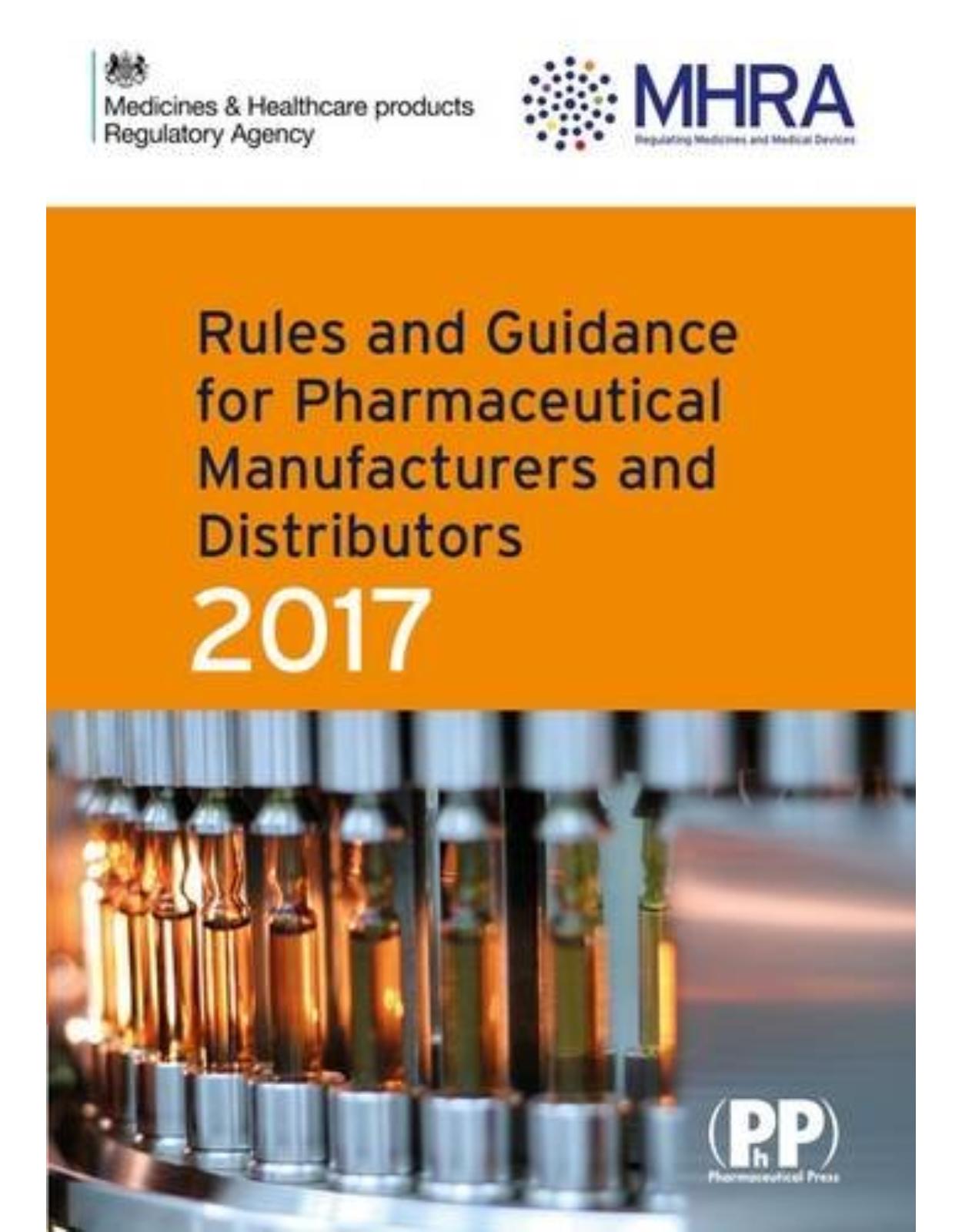
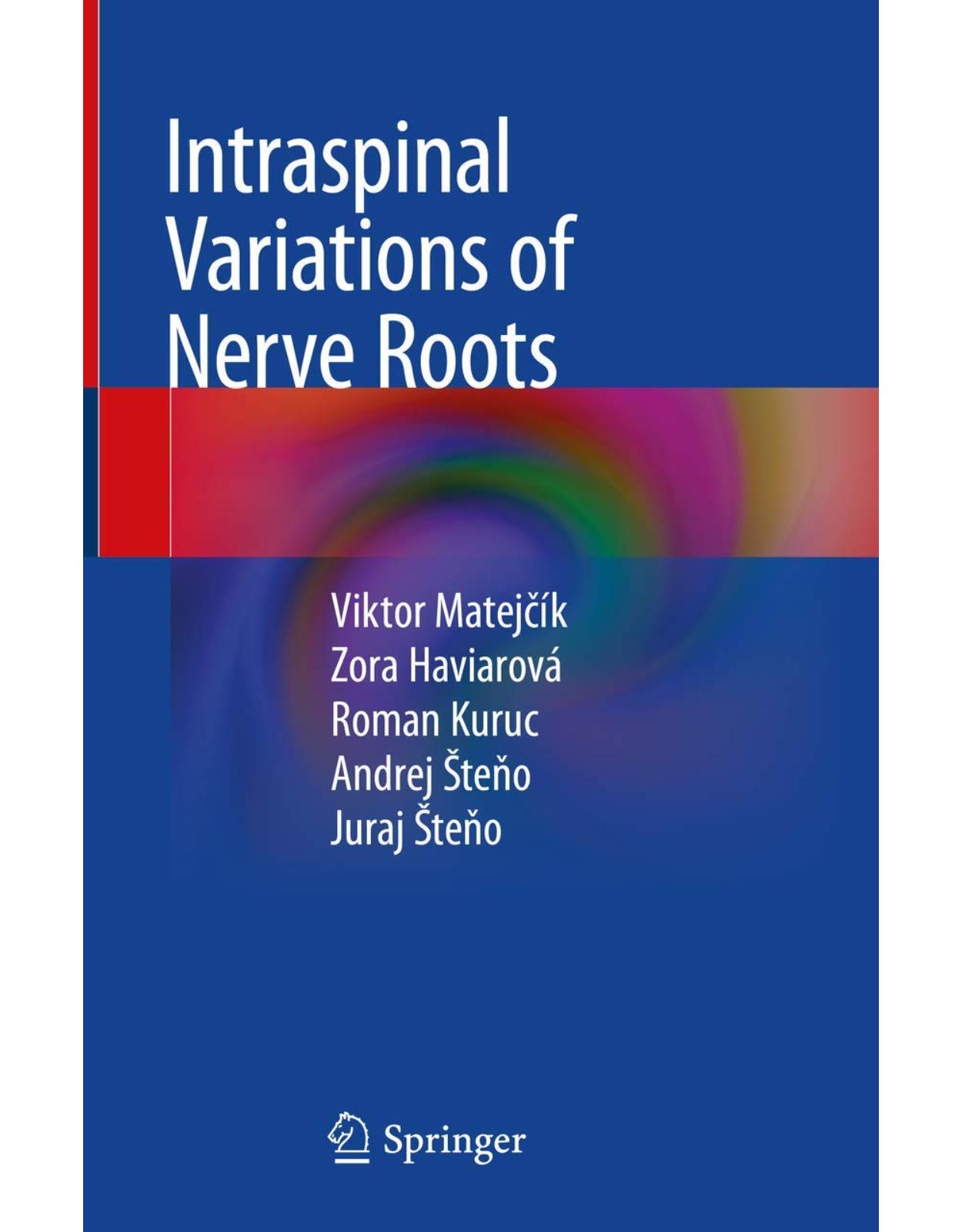
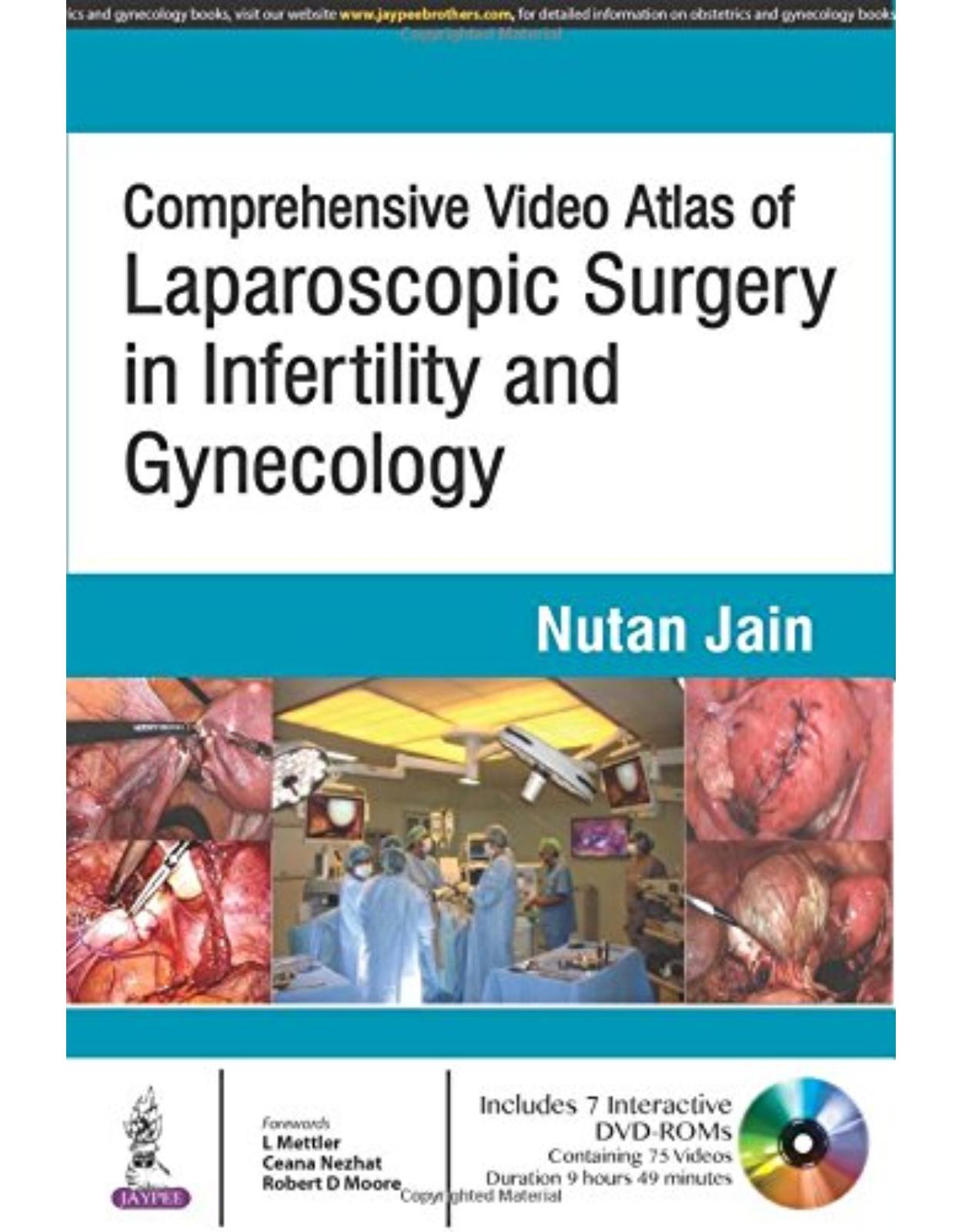
Clientii ebookshop.ro nu au adaugat inca opinii pentru acest produs. Fii primul care adauga o parere, folosind formularul de mai jos.